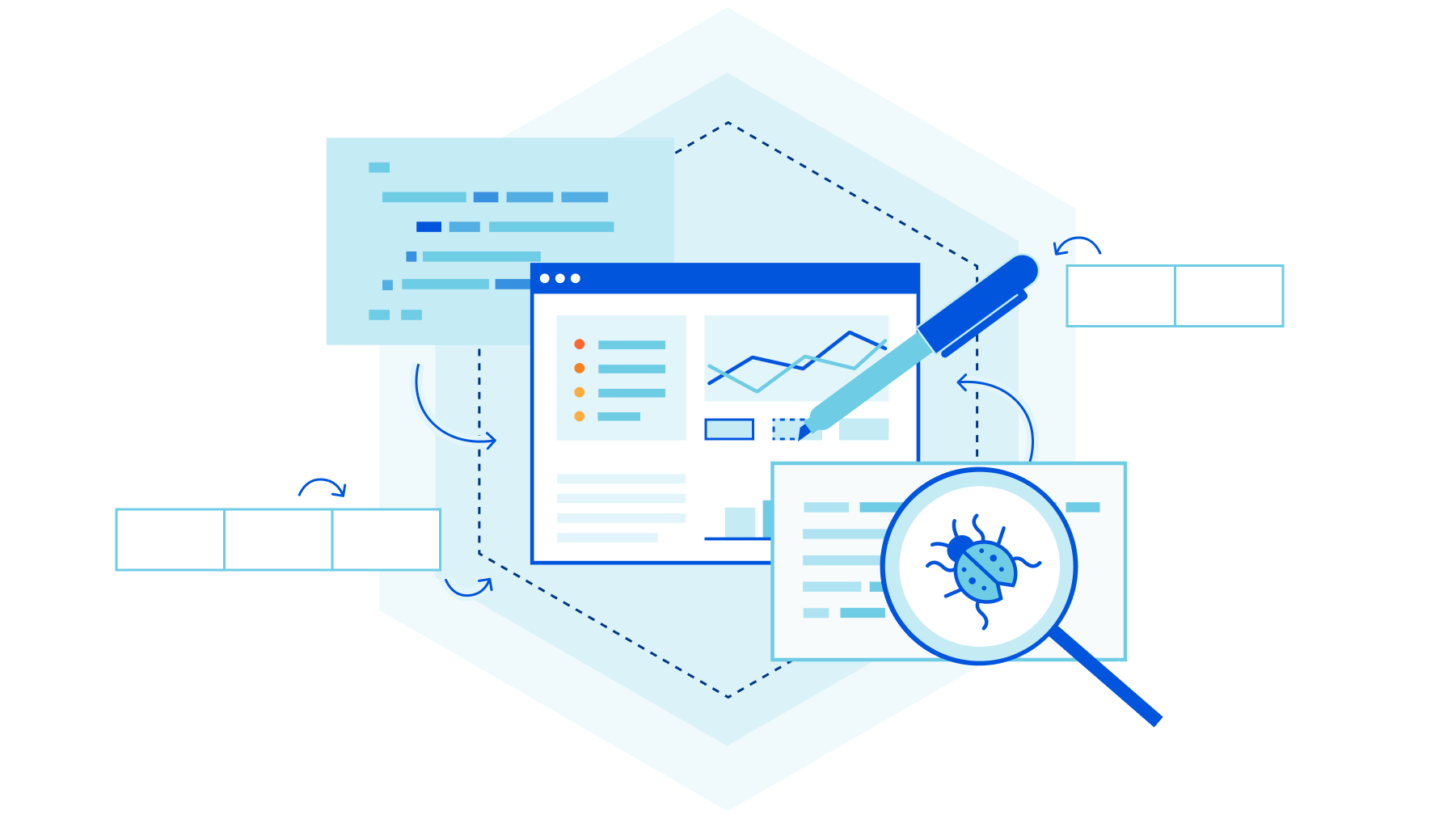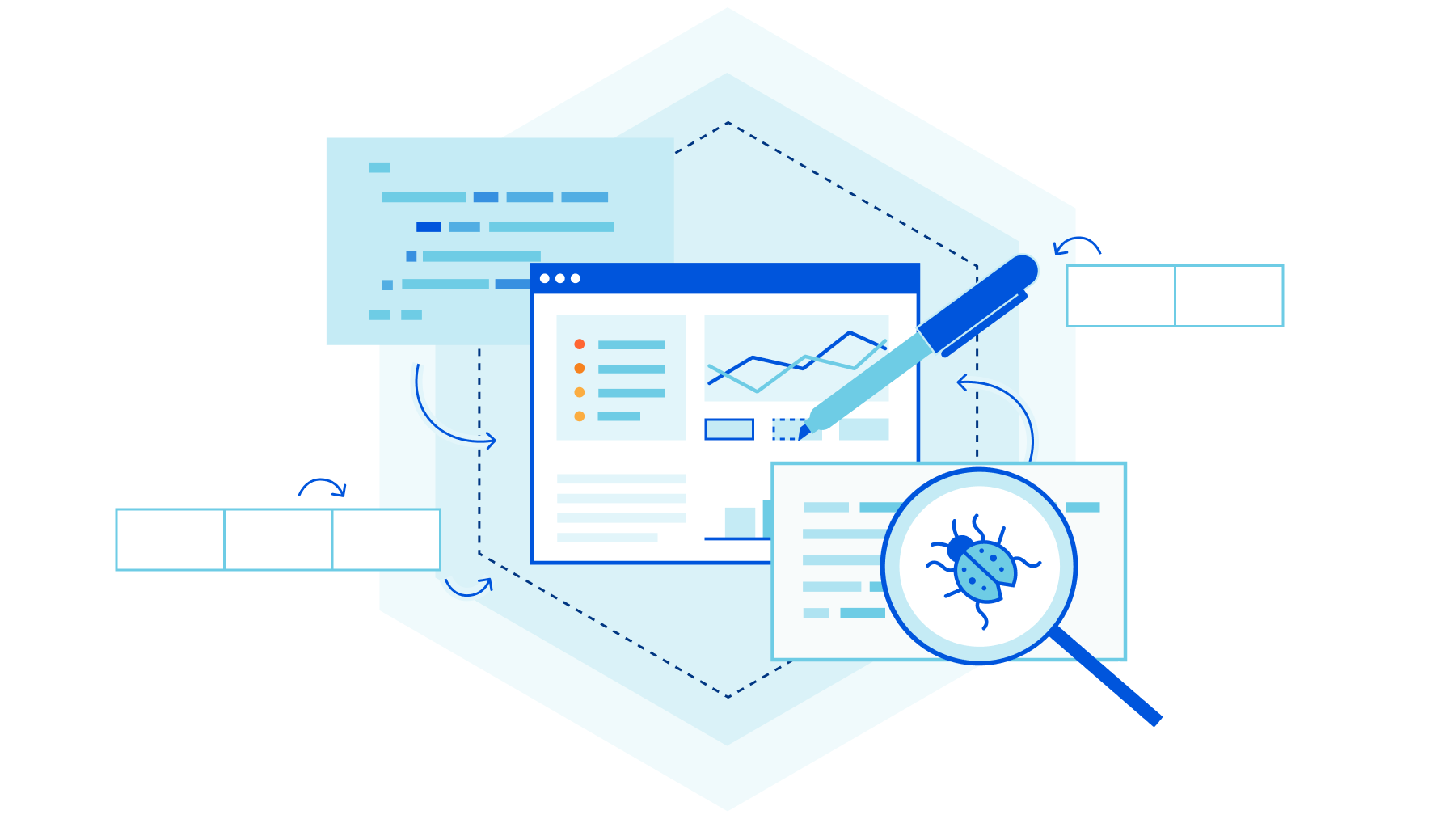Query Filtering with Pynetbox
As a warning to everyone, I am not a developer. I am a network engineer who is trying to do some automation stuff. Some of what I’m doing sounds logical to me, but I would not trust my own opinions for production work. I’m sure you can find a Slack channel or Mastodon instance with people who can tell you how to do things properly.
A bit ago, we talked about getting information out of Netbox with Pynetbox. The example was very simple, but I’m afraid the real world dictates that querying every device every time is not very efficient or manageable. At some point, we’ll need to ask for a subset of everything, so let’s look at filtering.
We used .all() last time. It’s pretty obvious what that gives us. If we don’t want everything in the world returned, we can use .filter() along with some parameters to limit that result. Let’s get to an example.
We want to print a report of all devices with hostname and role. The devices should be grouped by site. This means we need to get a list of sites, go through that list, get the devices there, and print what we Continue reading
Will the Broadband Ecosystem Save Telecom in 2023?
Guidance for IT managers facing historic carrier spending, workforce shortages, and struggling operators.Infrastructure Privacy Live Webinar
I’m teaching a three-hour webinar on infrastructure privacy this coming Friday. From the description—
Privacy is important to every IT professional, including network engineers—but there is very little training oriented towards anyone other than privacy professionals. This training aims to provide a high-level overview of privacy and how privacy impacts network engineers. Information technology professionals are often perceived as “experts” on “all things IT,” and hence are bound to face questions about the importance of privacy, and how individual users can protect their privacy in more public settings.
There is a recording for anyone who registers.
A debugging story: corrupt packets in AF_XDP; a kernel bug or user error?

panic: Invalid TCP packet: Truncated

A few months ago we started getting a handful of crash reports for flowtrackd, our Advanced TCP Protection system that runs on our global network. The provided stack traces indicated that the panics occurred while parsing a TCP packet that was truncated.
What was most interesting wasn’t that we failed to parse the packet. It isn’t rare that we receive malformed packets from the Internet that are (deliberately or not) truncated. Those packets will be caught the first time we parse them and won’t make it to the latter processing stages. However, in our case, the panic occurred the second time we parsed the packet, indicating it had been truncated after we received it and successfully parsed it the first time. Both parse calls were made from a single green thread and referenced the same packet buffer in memory, and we made no attempts to mutate the packet in between.
It can be easy to dread discovering a bug like this. Is there a race condition? Is there memory corruption? Is this a kernel bug? A compiler bug? Our plan to get to the root cause of this potentially complex issue was to identify symptom(s) Continue reading
netlab Release 1.4.3: Cisco IOS XRv, MPLS on FRR
I had tons of plans to implement new netlab features during the last week of December, but then (fortunately) reality intervened and I spent my time relaxing and enjoying the break. I still managed to add IOS XRv support to netlab release 1.4.3 though ;). Other new features include:
- MPLS, LDP and L3VPN support on FRR by Oleg A. Arkhangelsky
- Optimized Linux container deployment that removes dependencies on Python and
ip - Custom templates for container configuration files
To upgrade, execute pip3 install --upgrade networklab.
New to netlab? Start with the Getting Started document and the installation guide.
netlab Release 1.4.3: Cisco IOS XRv, MPLS on FRR
I had tons of plans to implement new netlab features during the last week of December, but then (fortunately) reality intervened and I spent my time relaxing and enjoying the break. I still managed to add IOS XRv support to netlab release 1.4.3 though ;). Other new features include:
- MPLS, LDP and L3VPN support on FRR by Oleg A. Arkhangelsky
- Optimized Linux container deployment that removes dependencies on Python and
ip - Custom templates for container configuration files
To upgrade, execute pip3 install --upgrade networklab.
New to netlab? Start with the Getting Started document and the installation guide.
Tools 12. Using Prometheus with SNMP Exporter to Monitor Cisco IOS XR, Nokia SR OS and Arista EOS Network Devices
Dear friend,
Awareness of what is happening in your IT infrastructure (in our case, in network) is a key success or failure factor of any modern business, as huge majority of businesses are now running online. The awareness is built on top of visibility of network events and activities happening in the network, which in their turn reflects in data points, which can be collected. In this blogpost we’ll cover how these data points can be collected in multi vendor network running Cisco IOS XR, Nokia SR OS and Arista EOS switches using Prometheus, which is one of the most popular monitoring platforms these days.
2
3
4
5
retrieval system, or transmitted in any form or by any
means, electronic, mechanical or photocopying, recording,
or otherwise, for commercial purposes without the
prior permission of the author.
Is Monitoring Needed for Network Automation?
The ultimate state of any system, including the IT/network is self-managed (self-healed, self-controlled, etc). It is simply impossible to build any self-controlled system without monitoring and collection of the data, as this data collection in the self-controlled system is the only (as we remove people Continue reading
Worth Reading: Routing Protocol Implementation Evaluation
In 2018 I tried to figure out whether the rush to deploy new routing protocols in leaf-and-spine fabrics is anything more than another blob of hype (RIFT, OpenFabric, BGP), considering OSPF got the job done for AWS. Those discussions probably sounded like a bunch of smart kids trying to measure outside temperature with a moist finger, so the only recommendation I could give in 2021 was “use the best tool for the job, keeping in mind you’re not Google or Microsoft”
It’s always better to measure than to have opinions, and a group of academics did just that. They developed Sybil – a tool to measure routing protocol performance in leaf-and-spine fabrics – and Dip Singh used it to compare BGP to IS-IS and OpenFabric.
Worth Reading: Routing Protocol Implementation Evaluation
In 2018 I tried to figure out whether the rush to deploy new routing protocols in leaf-and-spine fabrics is anything more than another blob of hype (RIFT, OpenFabric, BGP), considering OSPF got the job done for AWS. Those discussions probably sounded like a bunch of smart kids trying to measure outside temperature with a moist finger, so the only recommendation I could give in 2021 was “use the best tool for the job, keeping in mind you’re not Google or Microsoft”
It’s always better to measure than to have opinions, and a group of academics did just that. They developed Sybil – a tool to measure routing protocol performance in leaf-and-spine fabrics – and Dip Singh used it to compare BGP to IS-IS and OpenFabric.
Terraform Cloud and AWS Getting Started
https://codingpackets.com/blog/terraform-cloud-and-aws-getting-started
AWS Static Website with Terraform
https://codingpackets.com/blog/aws-static-website-with-terraform
Roomba Stuck at ‘Verify password’

You have:
- A Roomba vacuum. (I was working with an i-series when I wrote this. Maybe this applies to other models as well.)
- A firewall or router between your Roomba and your mobile device. (Maybe the two are on different wifi networks as would be the case if you have a network set aside for IoT devices.)
- An iRobot app that gets stuck at
Verify passwordwhen setting up the Roomba.
Lack of Use Cases: a Lesson about Handling Hype
Gerben Wierda published an interesting article documenting how overhyped technologies eventually wither due to lack of realistic use cases.
He’s writing about blockchain, but it would be relatively trivial to replace that with OpenFlow – when was the last time you’ve seen something implemented with OpenFlow that wouldn’t be easier to do with traditional tools?
Lack of Use Cases: a Lesson about Handling Hype
Gerben Wierda published an interesting article documenting how overhyped technologies eventually wither due to lack of realistic use cases.
He’s writing about blockchain, but it would be relatively trivial to replace that with OpenFlow – when was the last time you’ve seen something implemented with OpenFlow that wouldn’t be easier to do with traditional tools?
Terraform Cloud Getting Started
https://codingpackets.com/blog/terraform-cloud-getting-started
Controlling Your View of the World

Straw Bales on Hill Landscape, Tuscany, Italy
As I’m writing this it looks like Twitter has made some changes to the way that third-party clients interact with service. My favorite client, Tweetbot, is locked out right now. The situation is still developing but it’s not looking pretty for anyone using anything other than the web interface. While I will definitely miss the way I use Tweetbot I think it’s the kick I needed to move away from Twitter more than before.
A Window on the World
The apps that we use to consume and create content are the way that we view things. Maybe you prefer a webpage over an app or the way that one client displays things over another but your entire view is based on those preferences. If the way you consume your media changes your outlook on it changes too.
I didn’t always use Tweetbot to view Twitter. I tried using the standard app for a long time. It wasn’t until the infamous “Dickbar” incident back in 2011 that I broke away for something that wasn’t so slavishly dependent on ads. The trending topic bar might not have been specifically for ads at the time but Continue reading
Heavy Networking 661: Home Labbing With EVE-NG And Juniper
Today on Heavy Networking, home labs. Specifically, we’re going to discuss building and using a lab with virtualized Juniper gear in EVE-NG. Our guest is Christian Scholz, who has written and presented quite a bit on this topic.
The post Heavy Networking 661: Home Labbing With EVE-NG And Juniper appeared first on Packet Pushers.